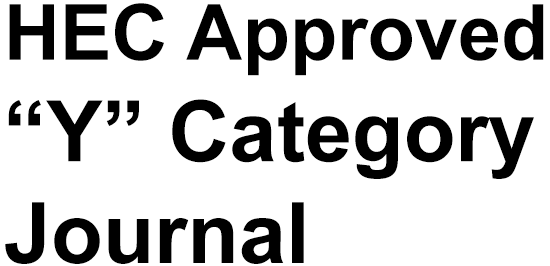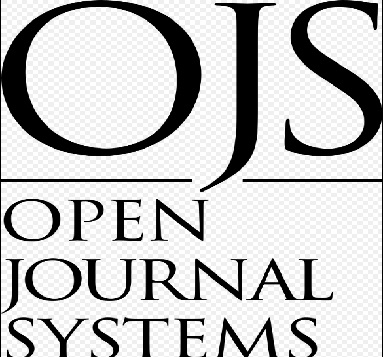Nexus of Univariate and Multivariate Models for Forecasting Interest Rates in USA
DOI:
https://doi.org/10.63056/ACAD.004.03.0494Keywords:
Interest rate forecasting, ARIMA, NARDL, model combination, macroeconomic forecasting, financial modelingAbstract
Purpose – This study examines the effectiveness of univariate and multivariate forecasting models for interest rate prediction, emphasizing the benefits of model combination techniques to enhance predictive accuracy. The research aims to provide a robust framework for policymakers, investors, and financial analysts to improve decision-making in macroeconomic forecasting.
Design/methodology/approach – Using secondary data from the IMF and World Bank (1990–2023), this study applies Naïve Forecasting, Exponential Smoothing, ARIMA (2,1,1), and NARDL models to predict interest rates. Statistical validation is performed using unit root tests (ADF and PP), normality checks, serial correlation tests, heteroskedasticity assessments, and model specification tests. To further improve forecasting accuracy, the study implements Equal Weight Averaging (EWA) and Cumulative Sum (CUMSUM) methods, assessing the effectiveness of two-way, three-way, and four-way model combinations.
Findings – The results reveal that NARDL and ARIMA models outperform other individual models, effectively capturing both short-term fluctuations and long-term trends. Among the combination models, the ARIMA + NARDL approach demonstrates the lowest forecasting errors, proving its reliability in interest rate prediction. The findings confirm that model combination significantly enhances forecasting accuracy, improving predictive stability and reducing errors.
Originality/value – This study contributes to the field of macroeconomic forecasting by demonstrating the effectiveness of combining traditional econometric models with advanced model averaging techniques. The research provides a practical framework for forecasting interest rates, which can be utilized by policymakers, financial analysts, and researchers. Future research should explore hybrid forecasting approaches integrating machine learning techniques and dynamic model averaging methods to further enhance predictive precision.
Downloads
Published
Issue
Section
License
Copyright (c) 2025 Farrukh Zafar , Muhammad Asad Ullah (Author)

This work is licensed under a Creative Commons Attribution 4.0 International License.












